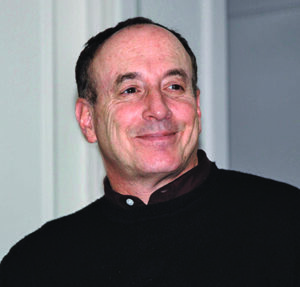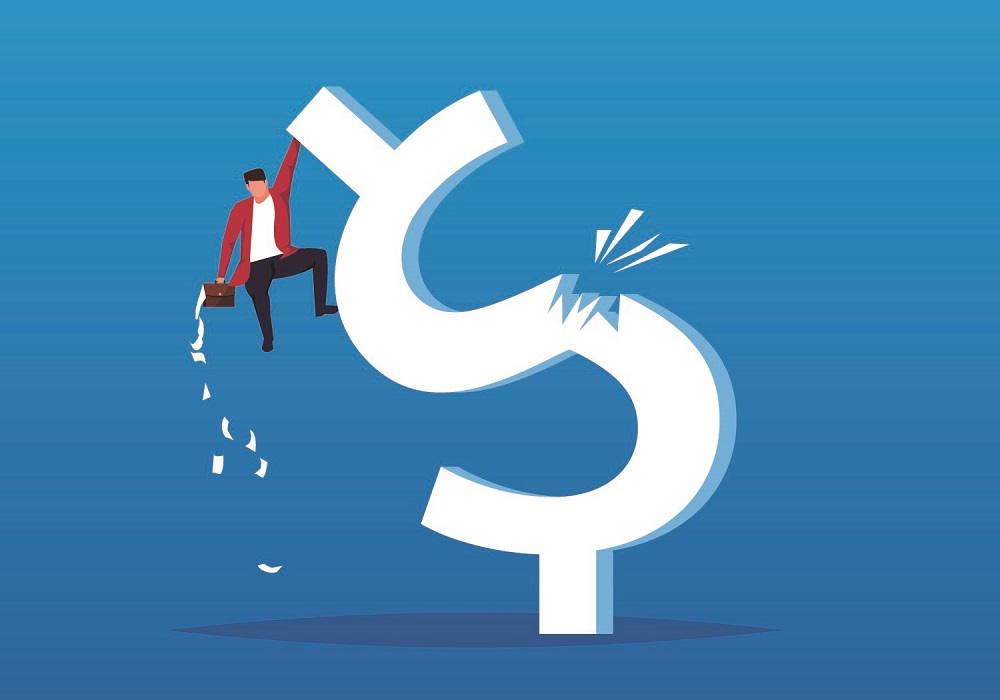This year’s soaring prices and volatile financial markets have caused investors, consumers and retirees to make plenty of money mistakes—and they are not alone! Even top financial professionals commit big money blunders from time to time. The difference: The pros don’t repeat those mistakes…they learn from them.
Bottom Line Personal asked five of our top money mavens to reveal their most memorable mistakes—and the lessons they learned from those mistakes…
Mistake: I underestimated how much my lifestyle could improve by selling my house. For three decades, my wife and I lived in Boston. When real estate prices soared, our condominium, purchased in 2013, was worth 60% more than what we had paid for it. My wife suggested we take advantage of the appreciation and move, but I nixed the idea. My concern: Where could I move that would be as close to my university office? Even after my wife found an ideal house in Providence, Rhode Island, I dismissed it. After all, there was no way it could be much cheaper or worth an hour’s drive on the days I teach, right? My wife told me, “You’re an economist. Crunch the numbers!” I did…and realized how foolish I was. In Providence, we got 40% more space while paying much lower taxes. Even better—the move has provided us with a half-million dollars more money for our discretionary spending.
Lesson learned: Many empty nesters are sitting on enormous “trapped equity” in their homes. People tend to hang on to the family home for sentimental reasons or because they hope to leave it to the kids. But an old family home often winds up becoming a money pit. Selling earlier than you planned and when real estate prices are high could provide a more secure standard of living as you age and quickly beef up your retirement savings. If you plan to leave the house to your kids, sell it to them now and earmark the money you don’t use in your lifetime for their inheritance…or sell to the kids with a long-term lease to rent it back from them until you pass.

Laurence J. Kotlikoff, PhD, is a professor of economics at Boston University and president of Economic Security Planning, which offers financial-planning software. He is author of Money Magic: An Economist’s Secrets to More Money, Less Risk, and a Better Life. Kotlikoff.net
Mistake: I passed up a chance to buy into a lifetime-guaranteed retirement pension. Years ago, my wife worked as a pharmacist for the University of Connecticut. She had a 401(k) plan there and was offered a onetime opportunity to buy into the state’s pension plan that would provide a steady annual payout, including cost-of-living adjustments, for life when she retired. We thought we could get better performance sticking with her 401(k), so we turned it down. Her 401(k) has performed comparatively better over the past decade—but after last year’s stock market meltdown and with the prospects of higher long-term inflation and the potential for lower returns from US markets in the next decade, a guaranteed pension looks appealing.
Lesson learned: A truly diversified retirement plan has three legs—taxable and tax-deferred savings…Social Security…and, ideally, a pension or pension-like payout from an annuity. This third leg is more important than you think—it reduces “sequence of return” risk, which is the possibility of stocks hitting a bear market in the first few years of your retirement, reducing your portfolio’s total amount and compromising your expected long-term returns. It also is challenging to maintain an investment portfolio on your own that produces growth and steady income through different economic environments.

Justin Carbonneau is a managing partner at Validea Capital Management, West Hartford, Connecticut, which offers strategies based on the work of investment legends such as Warren Buffett and Peter Lynch. He is host of the investing podcast Excess Returns. ValideaCapital.com
Mistake: I put money in an illiquid real estate investment 15 years ago…and still can’t get it out. In 2008, I had switched careers to become a financial advisor, and I had $25,000 saved up. I invested all of it in a real estate limited partnership, a private fund in which multiple investors pool their money to purchase real estate. The fund was buying up raw land and rezoning it for commercial property development in Arizona. Because such deals take time, these partnerships don’t allow you to cash out whenever you want, as a mutual fund would. What happened: The value of Arizona’s commercial real estate collapsed, and when it recovered, the raw land had other issues that hampered development. It has been a decade-and-a-half, and the real estate partnership still won’t allow investors to withdraw their money.
Lesson learned: Most investors focus on an investment’s potential return…and their own risk tolerance, meaning whether they can sleep at night if there’s volatility. But you also need to consider your risk capacity—the practical aspect of when you might need to draw on your money. When I work with clients, we put together a household balance sheet that includes how much cash they need for emergency savings and short-term goals. Only after that do we consider how much is left for investing.

Eric Roberge, CFP, is CEO of Beyond Your Hammock, a Boston-based fee-only financial-planning firm for high-income, mid-career professionals. He often is interviewed for publications such as The Wall Street Journal and Barron’s. BeyondYourHammock.com
Mistake: I mistook quick financial success as a sign of future gains. When I first started as a financial planner, I spent $4,500 on magazine ads offering free financial consultations for potential clients. I quickly garnered $30,000 in new business. I was so confident that advertising in that magazine would supercharge my business that I plowed the $30,000 into a year-long contract with the publication…but received only a few calls after. Those first few clients were beginner’s luck.
Lesson learned: After a financial win, reassess how the success fits into your long-term plan. Quick success tends to give people tunnel vision. I saw this with my clients who invested in Bitcoin and Tesla—they were so impressed by their investing prowess that they wanted to pour more money into risky bets. If you believe in the long-term potential of a company whose stock has soared, consider consolidating some of your gains. Sell half and keep the rest invested, but don’t buy more. That way you are protected against a worst-case scenario by locking in some gains while still having potential for future growth.

Nicholas Bunio, CFP, is a retirement-planning specialist with Retirement Wealth Advisors, a fee-only investment-management and financial-planning firm, Berwyn, Pennsylvania. RetirementWealth.com/nicholas-bunio
Mistake: I got scammed by an acquaintance who promised to double my money. When I was in my 20s, I won a medal in the US Olympics, signed endorsements and bought a house. I was introduced to a man whose mother knew my mother. He had a family member in Turkey who supposedly had a great eye for business opportunities there. I failed to get details or tell my accountant and financial advisor, and I wrote the man a check for $150,000. I never heard from him again and ended up having to take out a second mortgage to pay my taxes.
Lesson learned: Reduce the chances of getting burned by taking two steps…
Ask yourself, Do I understand how this investment opportunity can realistically make so much money so fast? Scammers use secretiveness and complexity to distract us. Slow down, and get the information you need. Have the investment explained in simple terms that make sense to you and get it in writing.
Get the okay from an accountability partner—a spouse, a friend, a parent.

Lauryn Williams, CFP, is president of the financial-planning firm Worth Winning, Dallas. She is a four-time Olympic medalist and the first American woman to medal in both the Summer and Winter Olympic Games. Worth-Winning.com


